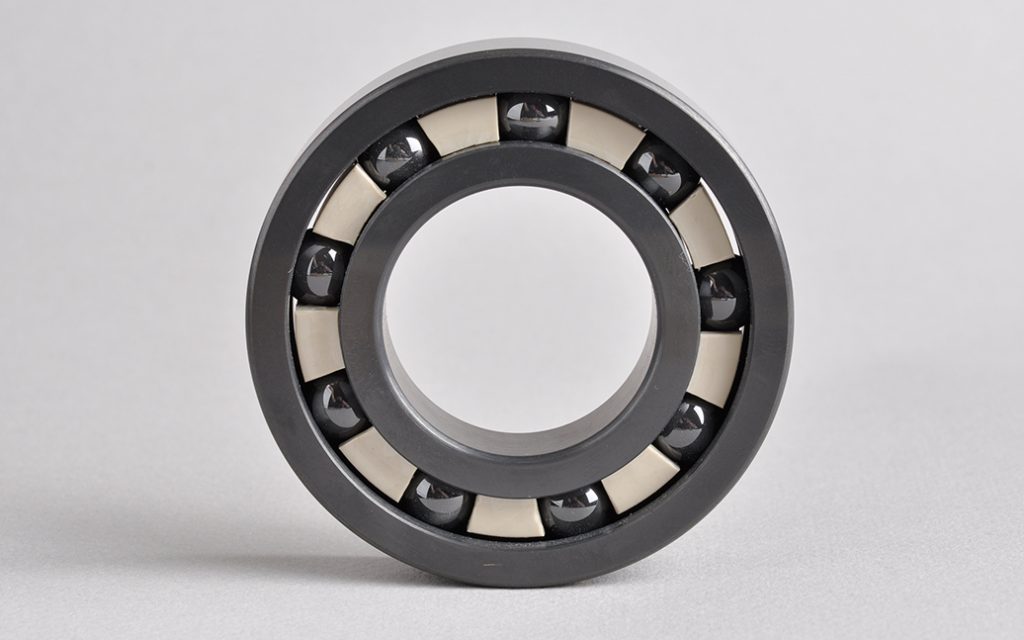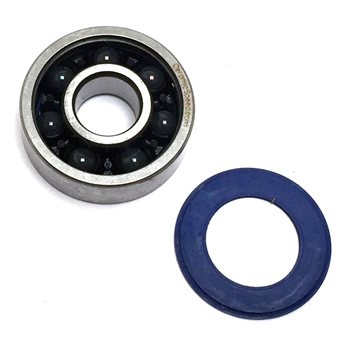So for safety reasons ceramic wheel bearings on bicycles are in fact almost always hybrid design meaning ceramic balls on steel races.
Ceramic bearings vs steel bearings bicycle wheels.
Ceramic bearings are in actual fact hybrid.
Steel bearings the silicon nitride used in kogel ceramic bearing balls has a set of material properties making them perfect for bicycle wheel bearings.
The other apparent advantage of ceramic is that it is a harder material.
Second well made high quality ceramic bearings can have a significantly longer lifespan than the commonly used stock steel bearings that come installed on most production bikes.
Rolling resistance is the key trump card promoted by ceramic bearing fans.
This is due to the hardness of the bearings.
The ceramic balls are often silicon nitride or equivalent.
This is mostly due to the additional time spent to perfect a quality ceramic ball.
Cracking a race could stop a wheel from turning instantly and no good comes of wheels permanently locking up on a bicycle.
Steel bearings are commodity items that are composed of hardened steel balls and a steel inner and outer race.
Because ceramic races are more brittle than steel.
The material can be polished smoother than any metal reducing friction and wear.
While regular bearings are made from stainless steel ceramic bearings are made from ceramic silicon nitride si2n4.
How to get the best performance from ceramic bearings ceramic speed.
The first thing that strikes the eye when looking at bicycle bearings is the difference in price between steel bearings and hybrid ceramic bearings.
The folks at enduro bearings argue that for bicycles the materials are far more important than abec ratings and that for most applications abec 3 and 5 are appropriate for all things bicycle.





























